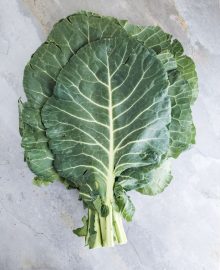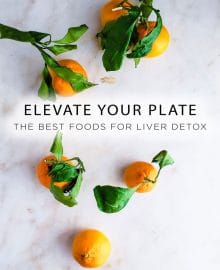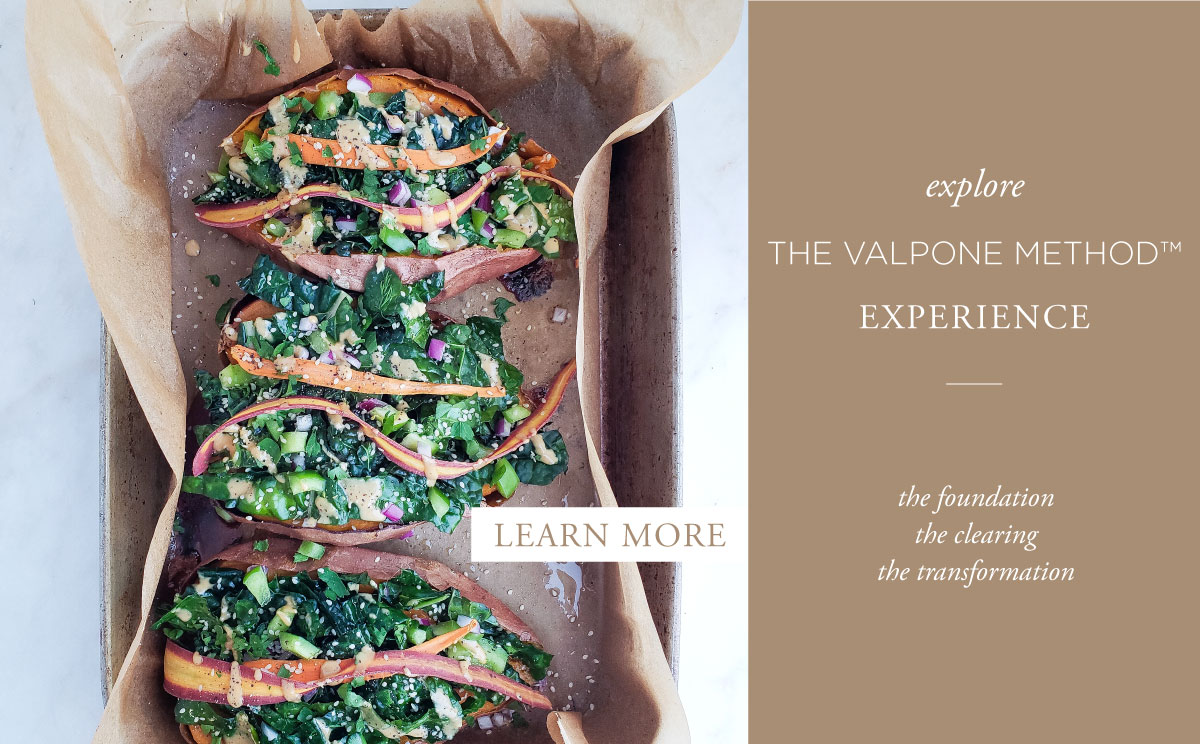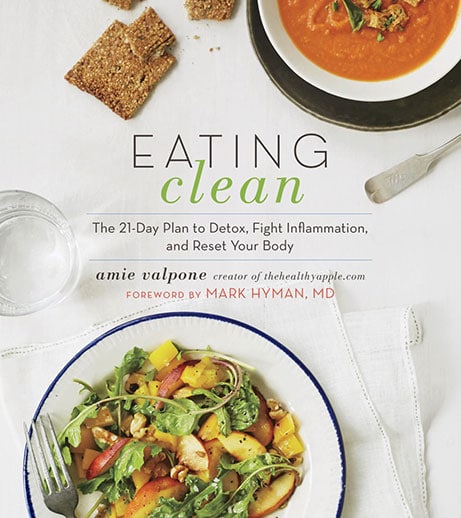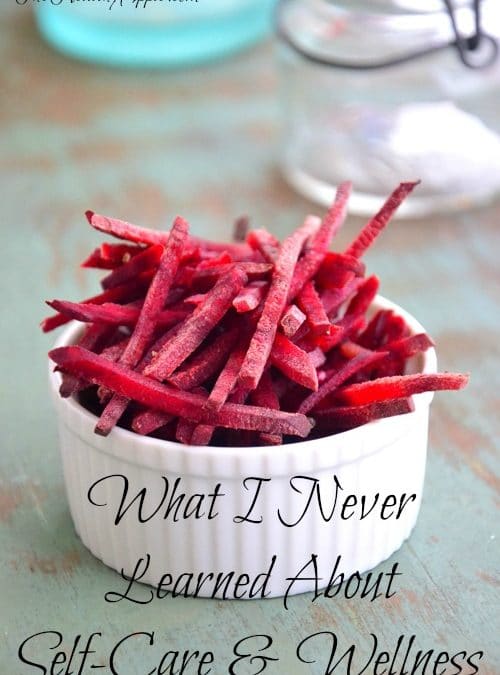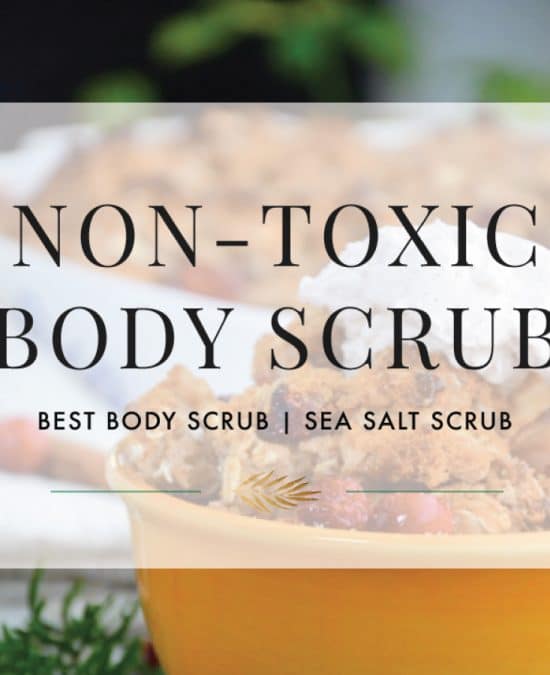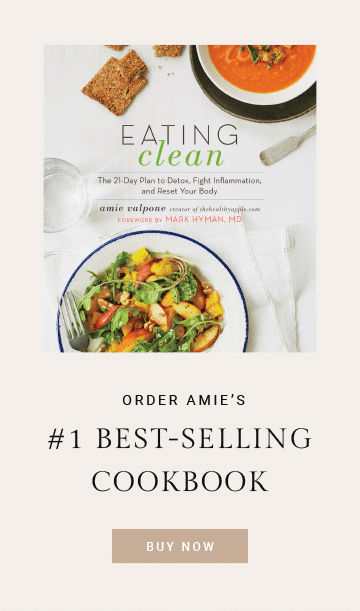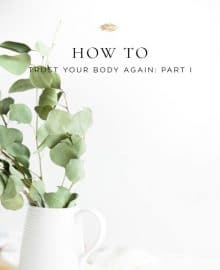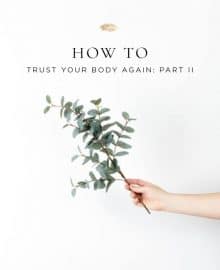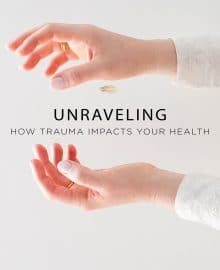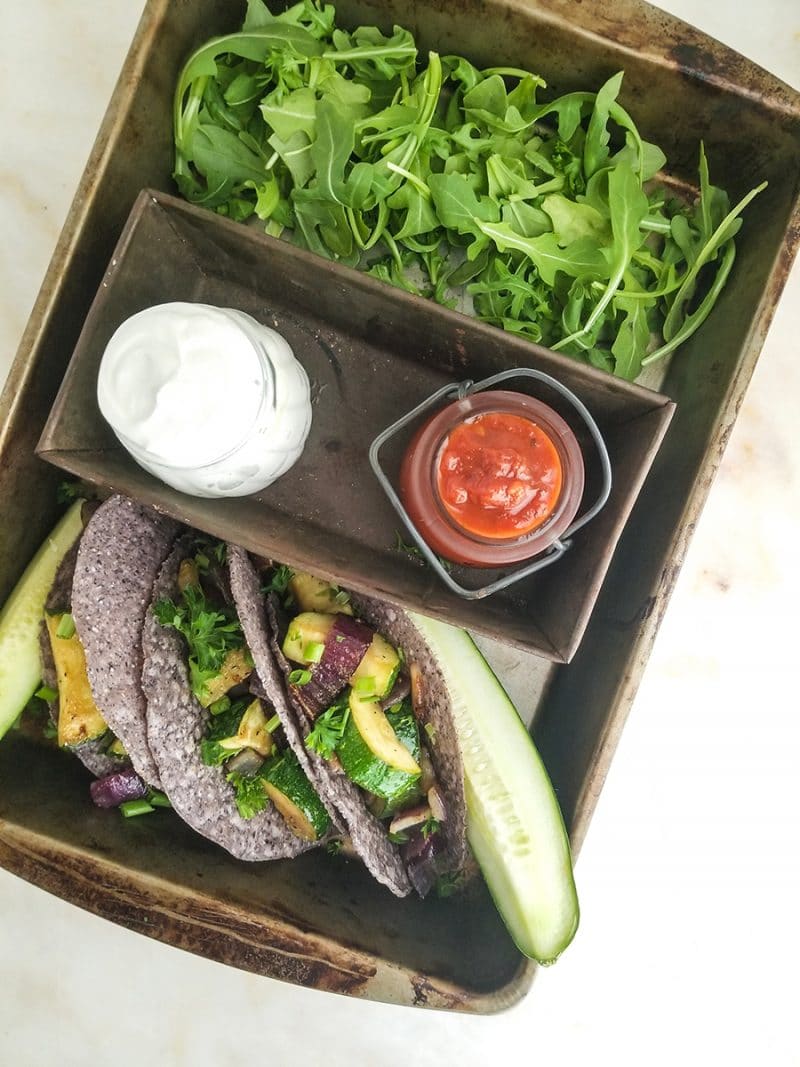
Before you dive into the below content, I’ve created a video for you talking about how to follow an elimination diet and what clean eating can do for you. Click the PLAY button below to get started.
The Elimination Diet plan (also known as the food sensitivity diet) is used to remove inflammatory foods from your lifestyle so that you can identify what hidden food intolerances you are experiencing. This article includes an elimination diet list and my entire website is filled with elimination diet recipes to help you reduce inflammation in your body.
(P.S. There is a FULL 21 day Elimination Diet plan in my best-selling cookbook Eating Clean: The 21-Day Plan to Detox, Fight Inflammation, and Reset Your Body.)
Along my journey of healing myself from 10 years of chronic health issues, I discovered numerous foods that were causing inflammation in my body that Western medicine doctors did not address or understand. That’s when I dove into the world of Integrative Medicine to understand what was going on deep inside my body that was not being addressed.
I was introduced to the Elimination Diet through my Integrative M.D.s to help me eliminate certain foods from my lifestyle for a specified amount of time. Then, reintroducing those foods, one at a time (very slowly) to see if there were any symptoms triggered such as bloating, rashes, joint pain, stomach aches, acne, gas, exhaustion, etc.
I work with clients all over the world to help them dive deeper into healing their body by guiding them through elimination the inflammatory foods that need to be cut out of their lifestyle in order to identify their food intolerances. These food intolerances are often hidden and silent; they’re not like food allergies, which create an anaphylactic shock reaction directly after eating certain foods. Unlike, food allergies, these intolerances can happen up to a few days after eating or drinking the trigger food.
How do you plan an Elimination Diet?
Because there are so many potential allergens in foods that can cause symptoms, I’m sharing with you a list of some of the most common foods to avoid on the Elimination Diet.
Key Questions to Ask Yourself
-
What foods do you eat most often?
-
What foods would you have trouble giving up?
-
What foods do you eat to feel better?
-
What foods do you crave?
These are often the foods that are most important to eliminate during the Elimination Diet. Your Integrative M.D. may also want you to avoid yeast, fermented products, sulfites, salicylates and other foods that promote yeast overgrowth.
During the first 21 days, remove the below list of foods – you may also want to avoid foods any other that are known to cause reactions in your body. During this time, you are able to enjoy whole foods (see all the recipes on my website that are Elimination Diet plan friendly), which will allow your body time to recover and your symptoms to clear.
It is important not to cheat on this Food Sensitivity Diet because any exposure can cause a reaction and your body will not be able to cleanse itself and prepare for the next stage (re-introduction phase) where you identify any offender foods.
What foods should you cut out of your lifestyle for 21 days during an Elimination Diet?
- Dairy (See my Dairy-Free How To)
-
Soy (See my Soy-Free How To)
-
Gluten (See my Gluten-Free How To)
-
Eggs (See my Egg-Free Substitutes)
-
Citrus Fruits
-
Nightshade Vegetables (Tomatoes, Potatoes, Peppers, Eggplants)
-
Corn (See my Corn-Free How To)
-
Processed meats
-
Sugar (See my Sugar-Free How To)
-
Chocolate
After 21 Days: Re-introducing these foods again
When introducing new foods in after the elimination period (21 days), my Integrative M.D.s had me consume one of the above food groups in its purest form 2-3 times throughout the day. Try to choose a pure form such as fresh oranges instead of processed orange juice and observe any reactions that you may experience eating these foods. Problem foods may not be immediately obvious since food sensitivities can go unnoticed for hours or even days after eating.
If a reaction occurs, record it and return to the elimination diet for 3 days before introducing a new food again. Repeat this process until you have found the food(s) that cause symptoms. If a food causes an immediate allergic reaction, such as throat swelling, seek medical care and stop the Elimination Diet unless you are otherwise instructed by your doctor.
Be sure to test each type of gluten grain separately such as wheat, barley, rye, etc. to get the best results because certain types of gluten may cause problems in some and not others. You may find you have trouble with wheat and not rye. This goes for nightshade vegetables as well. Therefore it’s important to isolate and thoroughly test each food separately in order to properly rule it out.
What should you do after you complete the Elimination Diet?
If you finish the Elimination Diet and had no change in your symptoms, this may mean that the foods you removed are not the primary cause of your symptoms. Use this information to tell your doctor to explore the next steps of identifying the underlying cause of your health concerns, including whether you should try this diet again and eliminate other foods and see if you feel a difference in symptoms.
If you did find relief removing the foods in the Elimination Diet, which I did, I moved on to the next phase where you start to slowly add in one food group at a time (one food every 3 days) because it can take up to 3 days to see a reaction from a certain food.
If a reaction occurs, you will be able to identify it and you’ll know to remove that food from your lifestyle. It’s important at this time to write down and record all reactions or symptoms that you experience. Your doctor will be able to tell you the order in which you will add in these new foods. Usually, you add in the foods that you least suspect to be problematic and work your way up to the foods that you suspect are causing symptoms – this is done in this order so that you don’t unnecessarily experience any potential reactions early on and have to start the entire process over to let the symptoms subside.
What are your next steps after the Elimination Diet plan?
The next step is to work closely with your doctor to investigate what is behind your sensitivities, intolerances or allergies to develop a plan to address that food’s role in your diet. I am also happy to work with you and your doctor on creating menus and recipes as well as meal and snack ideas for your new food lifestyle so that you are not overwhelmed. Here are a few Integrative Medicine Tests that I asked my Integrative M.D.s to check me for – these tests were crucial in finding out what was causing my pain.
My best advice is to eat as many whole foods as possible and steering clear of processed packaged foods with chemical additives.
Many of my clients have been on this Elimination Diet and I’ve helped them execute this plan since it is quite complicated and not easy for the average person who is used to eating whatever they want, whenever they want without thinking twice about it.
Before You Get Started
A food intolerance is much different than a food allergy. An intolerance can take longer to emerge – days or hours – and they can take a couple of days to go away.
A food allergy is mistaken by the body as a threat. Antibodies are produced to fight off whatever is leading to the symptoms such as hives and vomiting.
I recommend getting the ALCAT testing done, which your Integrative M.D. can do – it’s a simple blood test that will show your food sensitivities. For instance, my ALCAT showed that I was sensitive to salmon, basil or grapefruit, etc., which meant that those foods were causing inflammation in my body.
These are not to be confused with allergies – I am not allergic to salmon or basil or grapefruit however they cause internal inflammation in my body and should, therefore, be avoided. The ALCAT testing can be done every 6 months to see if your food sensitivities have lessened by removing certain foods that showed up in your results.
Be sure to always check with your doctor before starting any diet because they will need to closely monitor how you are feeling and make sure you are eating enough.
You’ll toss everything from your kitchen that included the restricted foods and won’t have any clue as to how to create a meal or snack – let alone survive without these foods. (Here is more information on how to meal plan.)
It takes time to prepare breakfast, lunch, dinners, snacks, and desserts because, on this plan, you can’t eat from a vending machine. Many clients aren’t ready to face the fact that so many of their emotions are tied up in food along with their coping mechanisms. They don’t know how to respond to family, friends, and co-workers about this diet. This is why I work with them one-on-one to address these issues and help make their life more enjoyable while going through this process.
What are the common health issues that lead people to an Elimination Diet?
These are a few of the common health issues people experience before they go on the Elimination Diet plan. Everyone is different so you may experience completely different symptoms from someone else but these are a few of the most common symptoms people experience.
- Headaches
- ADHD
- Muscle and Joint Pain
- Asthma
- Arthritis
- Insomnia
- Acne
- Eczema
- Depression
- Chronic Fatigue
How I Can Help
Many people get frustrated with this Elimination Diet plan and I can relate! I had to go through this plan to figure out what was going on in my body when doctors had no idea what to do with me. This is what inspired me to go back to school to understand Integrative Medicine and nutrition and take a deeper look inside the body at inflammation.
It’s exhausting trying to figure out how to meal plan, prep your food and identify all the hidden trigger ingredients that are lurking in the foods you eat at home, at restaurants and while traveling. I know because I followed this Elimination Diet plan for over 10 years and it’s become second nature to me.
Now, I work with clients in person or via phone to help them get acclimated to this new way of eating and encourage them that this is not the end of the world. You can still eat great-tasting, delicious food and not feel deprived, which is what my recipes are all about!
Start on my Getting Started page where you will find a vast array of the most frequently asked questions we receive. The answers on this page will help guide you through the process or understanding inflammation, food intolerances and more.



